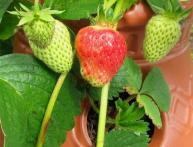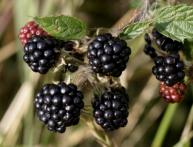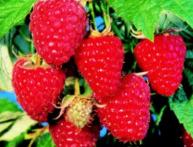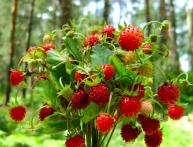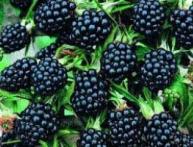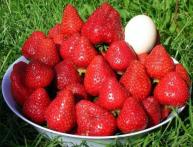Remontant raspberries in the photo. Features of its cultivation
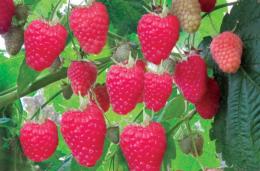
I have been growing remontant strawberries for a long time, sowing them at home in December, then in May I plant seedlings in the garden and harvest the first harvest in the same summer. I enjoyed enjoying strawberries almost all summer and autumn so much that I thought seriously about a similar opportunity to enjoy my equally favorite raspberries. Moreover, remontant raspberries look very appetizing in the photo. I started collecting material on its cultivation, and this is what I found out. Firstly, it manages to grow and produce a harvest in one season, while ordinary raspberries in the first year produce shoots that must overwinter and only then produce a harvest.
Secondly, remontant raspberries even leave the snow with berries. Branches that bear fruit in the spring are simply cut off at soil level and destroyed. It is practically not affected by pests, since pests of ordinary raspberries cannot adapt to the annual development cycle. Thirdly, remontant raspberries do not need to be covered for the winter; they do not freeze. Those fruit-bearing branches that remain for the winter will be removed in the spring, and there will be nothing left to freeze out. By growing remontant raspberries, you can have fresh berries for 1.5-2 months over the summer.
Another advantage of remontant varieties is the small number of shoots and offspring, while ordinary raspberries spread like a weed throughout the entire area. In fairness, it is worth noting that the small number of shoots makes reproduction difficult.In addition, remontant varieties are more demanding in terms of lighting, soil nutrition, heat and moisture. This comparison is very similar to the comparison of regular and remontant strawberry varieties. The same disadvantages, the same advantages, and there are clearly more of the latter. And why then do I only see remontant raspberries in photographs? I will definitely buy seedlings this year and try to grow them.

